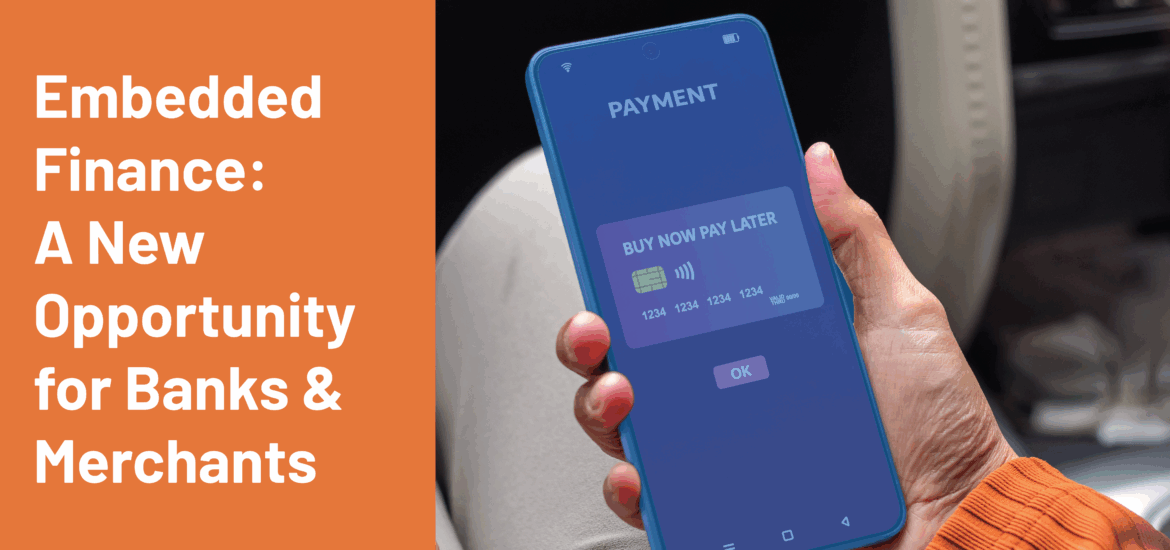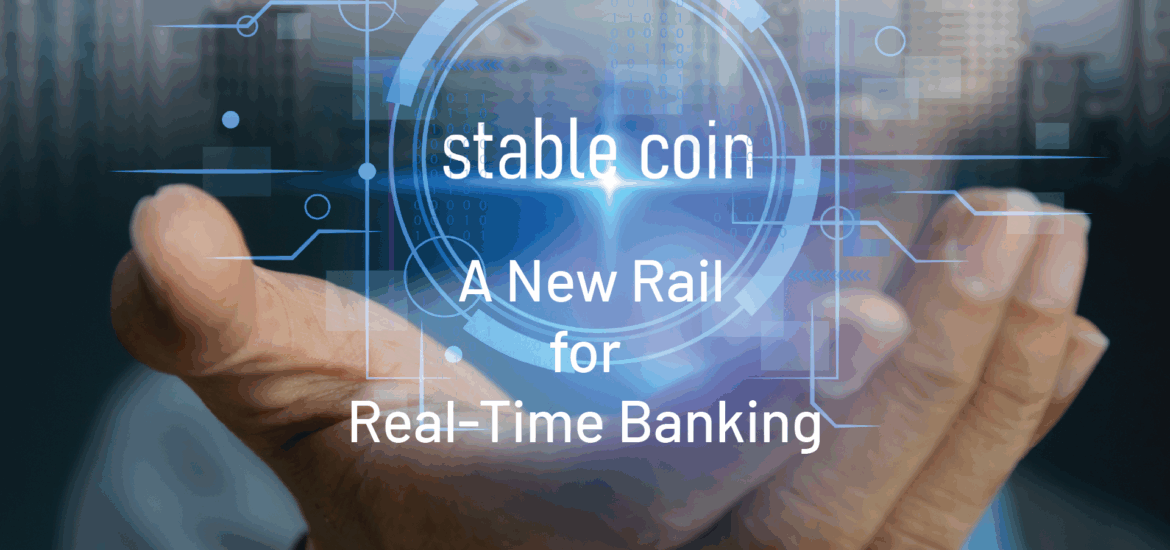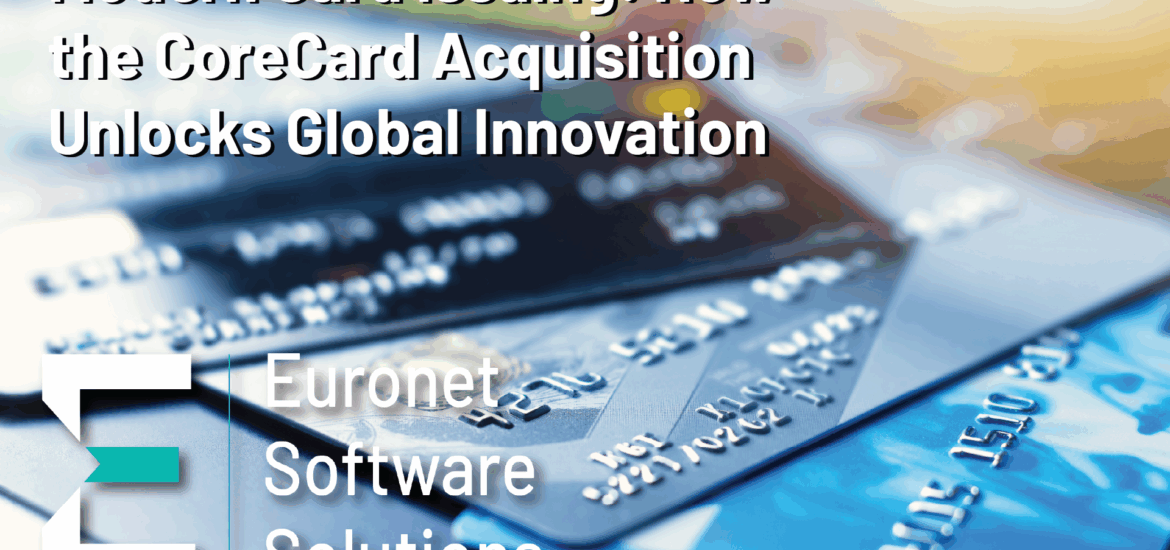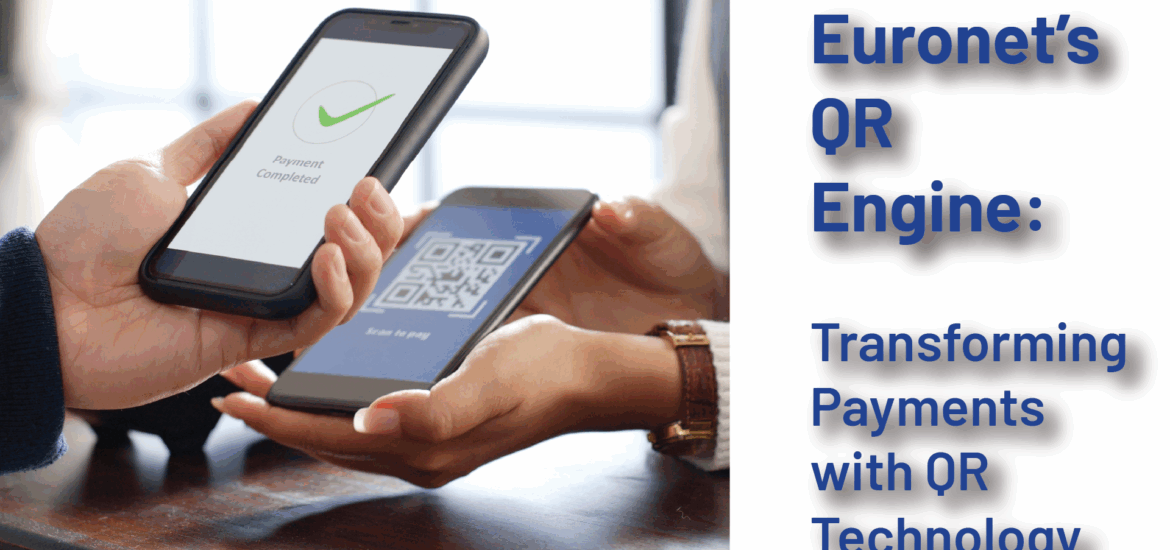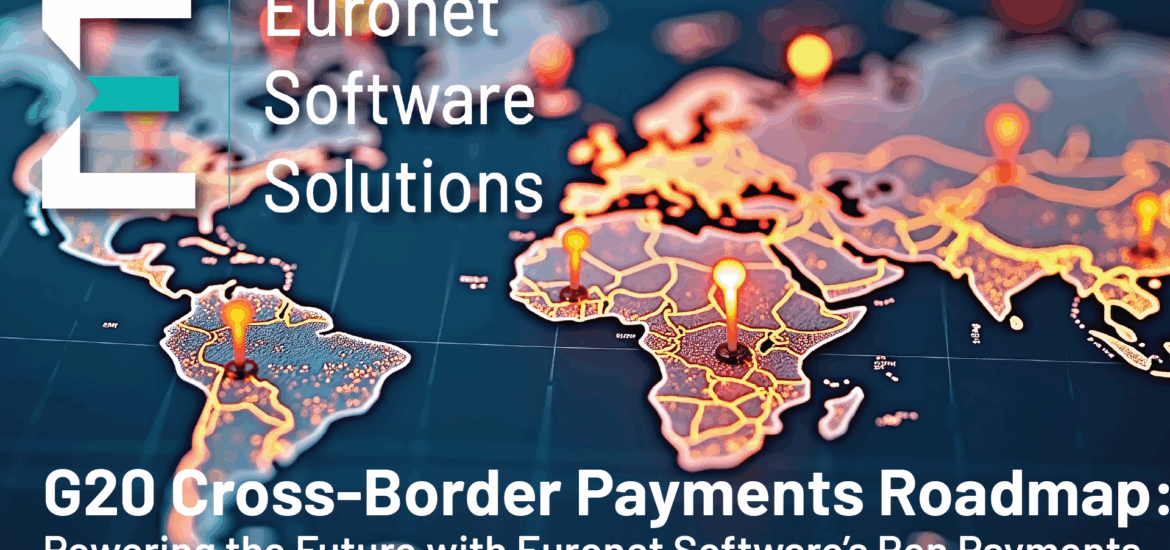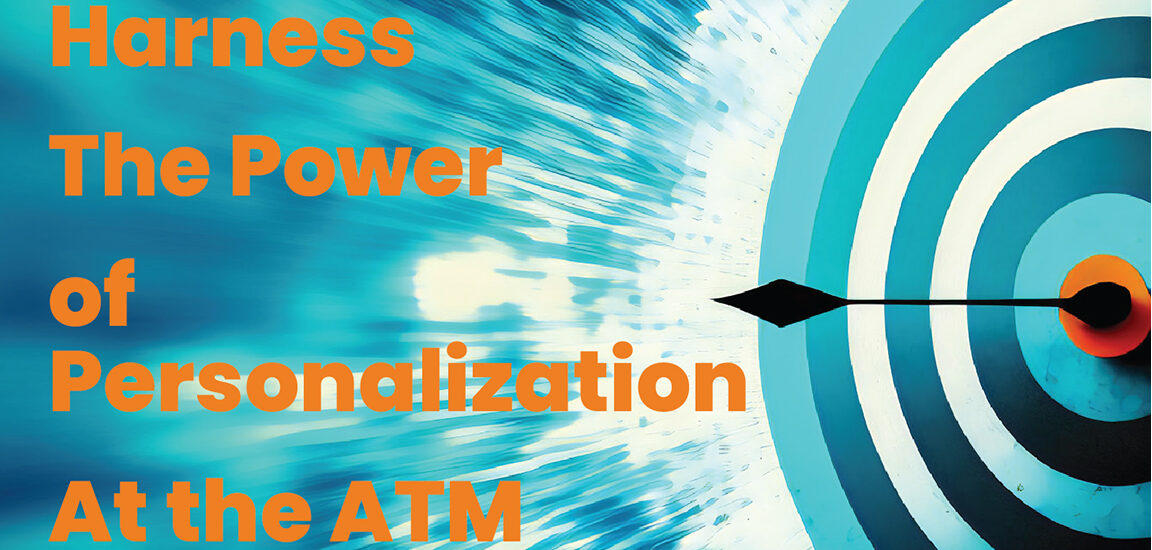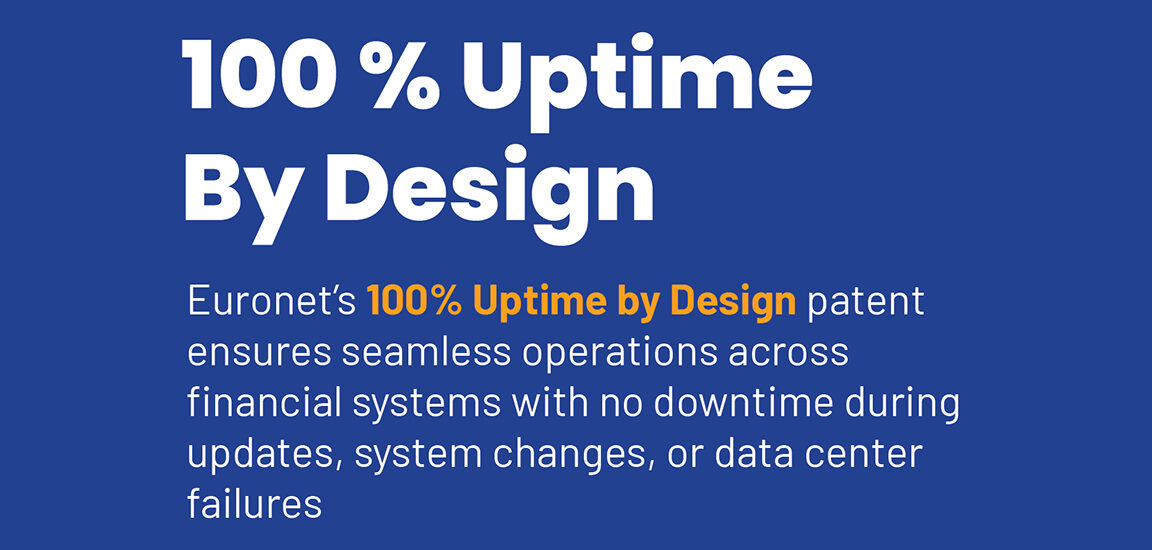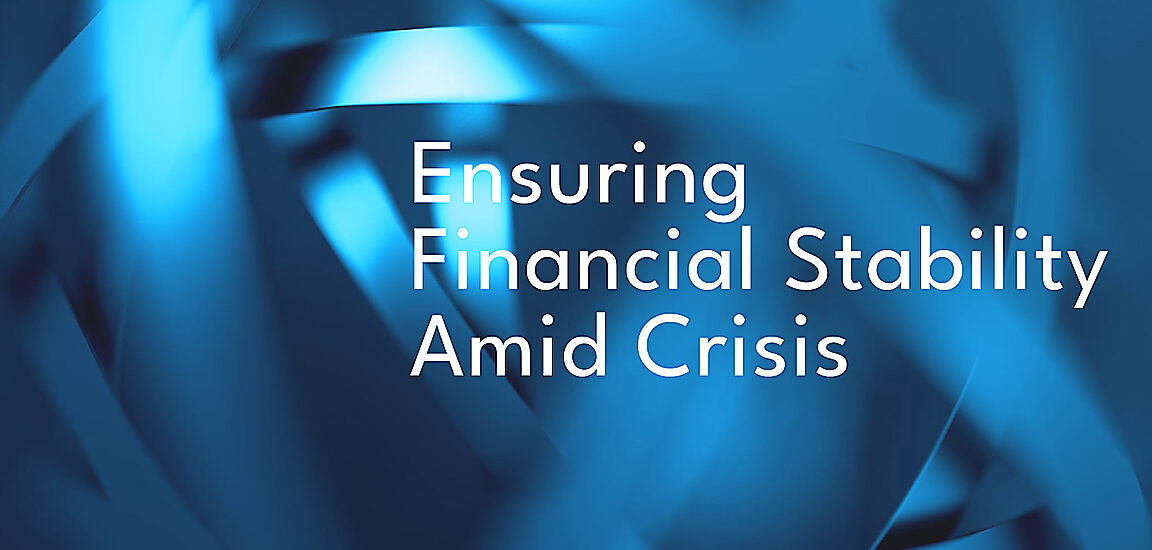The average cost of acquiring new customers or retaining existing customers is generally on the rise. In the highly competitive world of banking, financial institutions are constantly searching for ways to gain an edge and stand out from the crowd. One of the most effective ways to achieve this is through personalization.
Personalization means treating each customer as unique and providing them with an experience that facilitates their personal objectives and ambitions. ATMs are ideally suited to a variety of personalization strategies–from simple localization imaging and on- screen messaging to more complex individual product recommendations.
ATMs are most effective for customized marketing when financial institutions tap into the valuable data they collect on customers. ATMs have the added benefit of delivering
a captive audience that’s more receptive to marketing messages than the audiences that institutions might reach through other channels. In fact, when consumers trust a brand, 59% say they are more likely to buy the brand’s new products and/or buy the brand even if not as cheap as a competitor.1
Contextual personalization, occurring in real-time– has the power to drive sales and revenue, boost conversion rates, and foster customer loyalty. A 2021 study by McKinsey2 found that while personalization does drive performance and better customer outcomes, only 47% of companies offer personalized experiences based on live consumer data. This means, financial institutions that utilize on-target personalization have a distinct advantage over competitors who don’t.
Why is real-time personalization so valuable? The following are just a few documented benefits of real-time personalization:
- Offers selected in real-time interactions have been
shown to have much higher response rates
- An increased cross-sell success rate from under
10% to more than 40%
- 200% increase in sales attributed to offers printed on receipts
1 https://www.edelman.com/trust/2023/trust-barometer/special-report-brand-trust/ collapse-purchase-funnel
2 https://www.mckinsey.com/capabilities/growth-marketing-and-sales/our-insights/ the-value-of-getting-personalization-right-or-wrong-is-multiplying
ATMs are attention-getting billboards for banks.
To achieve high levels of success with personalization you need to understand your customers’ wants, needs, and behavior.
By considering both a person’s identity and behavior, you can target the right message to the right person at the right time. This approach is truly a win-win, providing your customers with attractive and relevant offers and improving your chances for a successful cross-sell. Creating distinctive, captivating communications about your company, your brand, and your products will help you to stand out.
Who is the customer?
- What details are available in your customer database? Information regarding demographics, psychographics, account details, purchase history, social network relations, and so forth can provide great insights that can be used for highly personalized on-screen marketing offers. Ren ATM Management makes it easy for marketing staff to
design and execute these campaigns without IT staff involvement.
What is the customer doing?
- Behavior — information about how the person is behaving during the moment of interaction, for example: what type of transaction(s) is the customer performing at the ATM during this visit; what time of day is the transaction occurirng; where is this ATM located; what insights do their shopping patterns provide? Utilize this information to serve up helpful offers and product recommendations.
Much as they do in their branches and other channels, banks are using ATMs to deliver the more personalized experience that consumers demand. Today’s ATMs are increasingly mobile-centric, capable of taking full advantage of advanced personalization. Modern ATM Management systems, such as Ren ATM Management, capture real-time data and have built-in analytics that can record user demographics as well as transaction times and patterns. Financial institutions can use this data to improve the overall customer experience. ATM personalization can range from allowing customers to configure a set of shortcuts for their most frequent transactions, to quick-cash options, to targeted product offerings or brief educational presentations based on customer segmentation. By delivering highly personalized experiences that are contextual, intelligent, and secure, ATMs can meet a wide variety of customer needs, around the clock– even when branches are closed. And– ATMs do so at a reduced cost compared to tellers.
Personalization Payoffs
Cross-Selling
Advertising relevant banking products on the ATM screen while a transaction is being processed. By conveying relevent brand messages, promoting your latest products and services, and showcasing helpful banking advice based on customer segmentation your institution can experience a significant increase in additional sales. 80% of brands that use digital signage record an increase in sales, up to 33% .
An Enriched Customer Experience
- Creating customized, relevant messaging that is captivating and informative strengthens your organization’s relationships with your customer base. Being able to demonstrate that you know your customers’ needs and understand their interests is a strong advantage over your competitors.
Localization
- Based on the location of the ATM advertisements can be personalized for the area. An ATM in a shopping mall may offer unique discounts only available to ATM users for a nearby merchant or restaurant. The coupon can be printed on the ATM receipt. An ATM near an arena or event venue may offer digital tickets to upcoming events.
Security & Convenience
- By utilizing QR codes and Near-Field Communication (NFC) technology, ATM transactions can be performed with a higher level of both security and convenience. By initiating a transaction on their smartphone and then scanning a QR code or bar code at the ATM to complete the process, consumers avoid the risks associated with card skimming. QR codes can also be used to allow customers to download a detailed product brochure, initiate an application for a loan, or open an additional type of account.
59% of people who �see a digital ad want to learn more about the topic
Digital Signage has a recall rate of 83%
3https://www.digitalsignagetoday.com/blogs/100-proven-roi-driven-digital-signage-statistics-2022
Why Ren ATM Management?
Ren ATM Management allows FI’s to personalize interaction in multiple ways:
- First, by allowing customers to save a set of as many as seven preferred transaction shortcuts, customers can quickly and easily access the transactions that they most typically perform. This means that for most customer interactions the customer can access a saved transaction shortcut and reduce the total transaction time. It also helps to nurture the perception that the FI “knows” the customer and is familiar with their routine. And because the transaction shortcuts are customer-maintained, updating the shortcuts is a simple process that takes effect immediately allowing customers to keep the preferences current as their needs and lifestyle may change.
- Additionally, Ren ATM Management supports the use of the ATM as a digital billboard displaying targeted messaging and product offers based on a host of customer characteristics so that customers can receive timely and relevant information about beneficial services, or even notifications of changes in bank policies that impact them. Doing so doesn’t have to add time to the transaction as Ren uses the seconds during which account information is being retrieved or while cash is being dispensed to display either video or still images to convey this information
- ATMs in retail locations provide unique opportunities to partner with nearby businesses, particularly if those businesses are also customers of your institution. Since Ren ATM Management also supports couponing, either printed on the customers receipt or dispensed from one of the ATM cash cassettes, you can charge the business an additional amount for advertisements that include coupon dispensing. Coupons can be enhanced with images that tie back to the on-screen advertisement, as well as with barcodes and/or QR codes to assist with tracking redemption of the coupons.
- Another way Ren ATM Management supports customer convenience and time saving is the ability to purchase virtually any product or service via the ATM. From banking products to third-party offerings, Ren ATM Management allows the ATM to function as digital marketplace. FI’s can use their own market intelligence to determine which products or services are most meaningful to their customer base. Ren ATM Management even allows flexibility to vary the products and services by ATM location, allowing for just the right product mix at each ATM. This not only ensures that customers have the services they are looking for but also reduces fleet costs by only deploying the hardware and functions where they are truly needed.
- Perhaps, one of Ren ATM Management’s most game-changing functions is the ability to empower marketing resources to make branding and imagery changes on their own—without IT staff support. Using Ren’s Designer module, marketing can easily insert new images, change fonts, colors, screen text, button shapes and labels with ease. Making these types of changes is a simple matter of drag & drop or point & click. With Ren Designer, users can update ATM screen imagery as well as make updates to receipt layout and imagery to ensure that the organization’s branding and image are reinforced and supported with all transactions.

